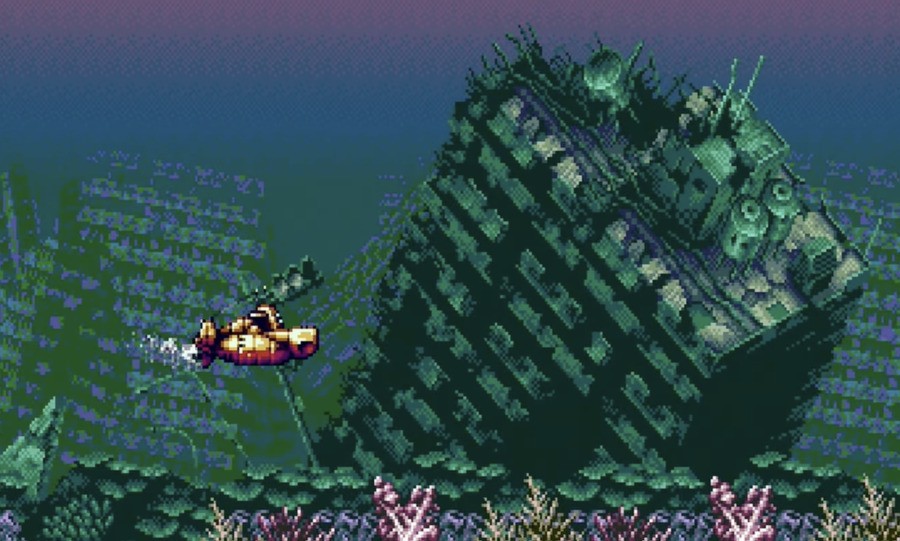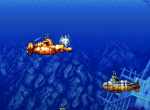
Picture the scene: it's 1988, and Sega has just launched the Mega Drive in Japan, a system that poses a serious technical threat to the ageing Nintendo Famicom and the relatively new PC Engine, which had arrived the previous year.
NEC and Hudson Soft, the two companies behind the PC Engine (known as the TurboGrafx-16 in North America), decided to take action in order to protect their considerable market share in Japan. The end result was the SuperGrafx, which was initially pitched as a successor system to the existing PC Engine.
Boasting four times the amount of RAM for the 8-bit HuC6280A CPU, the SuperGrafx also shipped with an additional 16-bit HuC6270A video chip, complete with its own video RAM. Thanks to this, the SuperGrafx could display double the number of on-screen sprites as the PC Engine, and had support for two independently scrolling background layers.
Unfortunately, the SuperGrafx was a commercial bomb, reportedly selling 75,000 units before NEC pulled the plug and refocused on the base PC Engine and its CD-ROM add-on. While it is backwards compatible with PC Engine HuCards, only six SuperGrafx games were ever released – 1941: Counter Attack, Aldynes, Battle Ace, Daimakaimura, Madö King Granzört and Darius Plus – and the ambitious 'Power Console' accessory (which boasted an eight-way joystick, flight yoke, throttle and its own built-in LCD, among other things) was cancelled.
The SuperGrafx is therefore considered something of a technological dead-end, but, as highlighted by Genesis8141, there are developers working on it today who want to show off its unfulfilled potential.
"With beautiful parallax effects, detailed scenarios and huge sprites, this tech demo of In The Hunt by Kaminarimon shows us what the 16-bit generation lost with the premature end of the SuperGrafx," says Genesis8141 before sharing a short clip of Kaminarimon's work on social media.
While it's essential to note that this is purely a graphical demo and not indicative of how the game would perform on NEC's ill-fated system if it were fully developed, it's hard not to be impressed by the detailed backgrounds and smooth parallax effects.
It's also worth pointing out that, even on superior hardware like the PS1 and Saturn, In the Hunt (also known as Kaitei Daisensou) is plagued with slowdown problems; even the original coin-op struggles at busy moments. It's highly doubtful that the SuperGrafx is capable of hosting a full-fat port of the game.
Still, none of this detracts from Kaminarimon's excellent demo, which you can view below.


